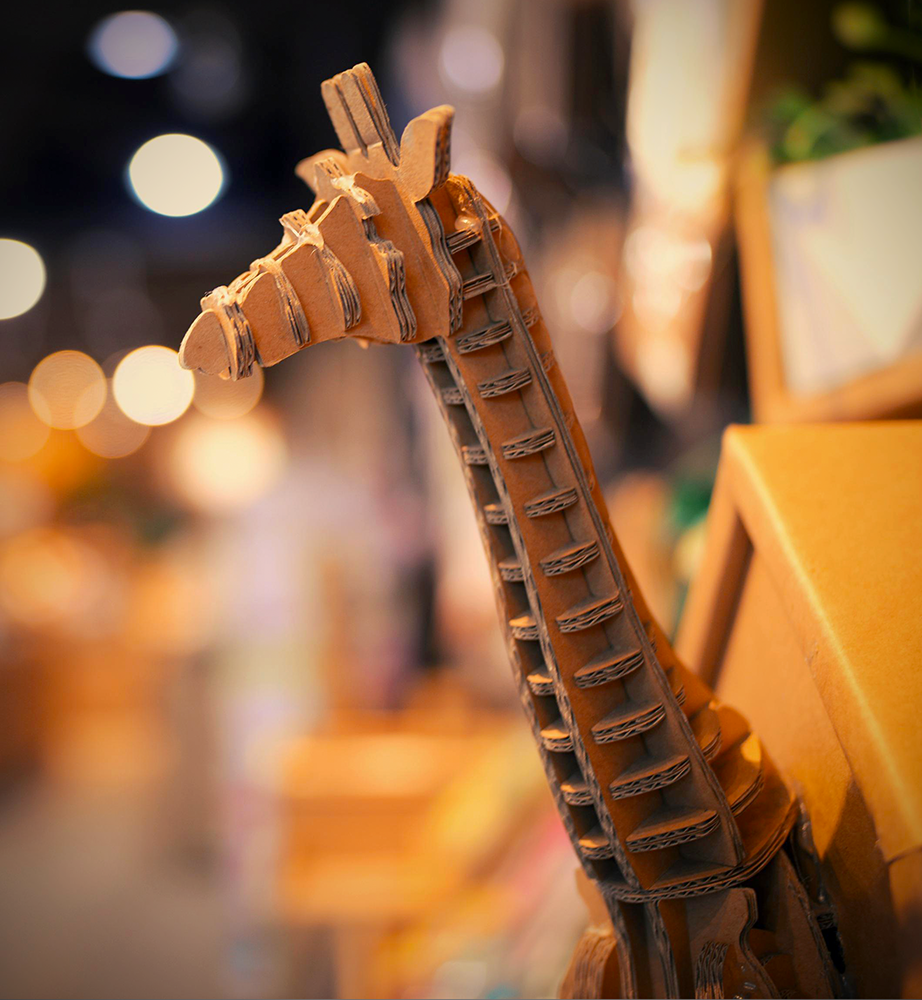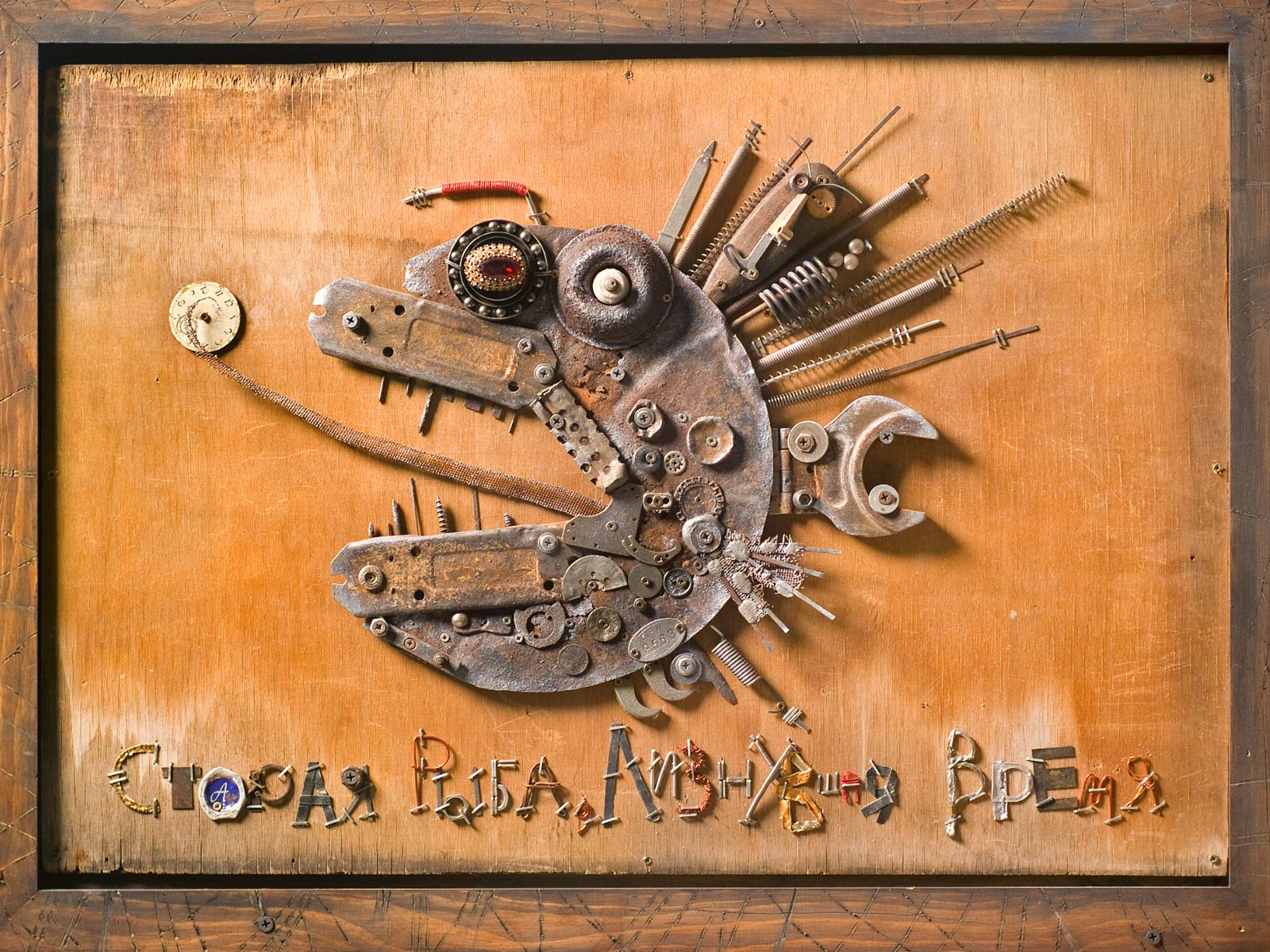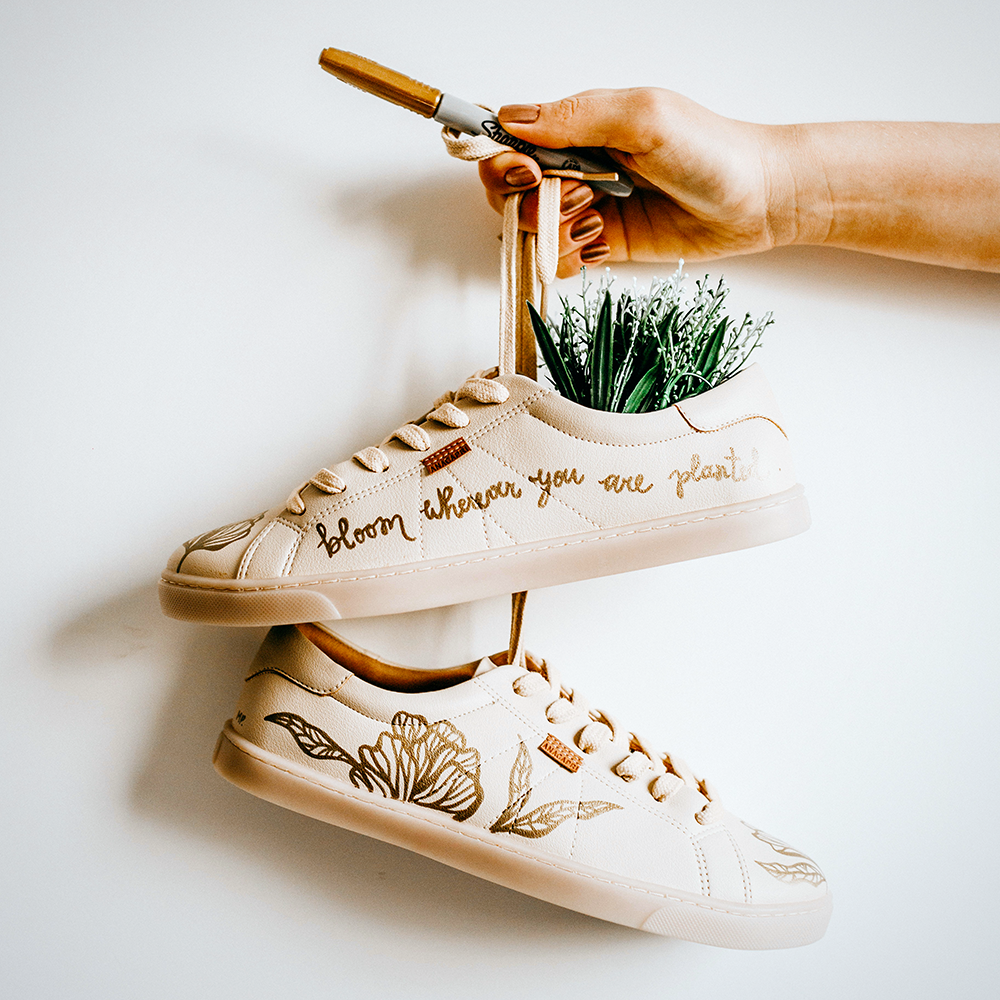Have you ever looked at your trash can and seen a treasure trove?
It's time to unleash your creativity and give those discarded items a second life.
Recycled art is the eco-friendly trend that's taking the world by storm, turning everyday waste into extraordinary masterpieces.
It is not just a form of artistic expression; it's a statement about the potential of the overlooked and discarded.
It's about seeing the beauty and possibility in what others might consider waste.
This guide is your golden ticket to joining the movement, where bottle caps become mosaic tiles, and cardboard transforms into sculptures.
Let's dive into the world of recycled art, where the only limit is your imagination.
We'll explore the most innovative and inspiring ways to repurpose your recyclables into art that not only looks incredible but also sends a powerful message about sustainability and innovation.
Ready to get your hands a little dirty and your heart a little full?
Let's turn that "junk" into jaw-dropping art!
Key Takeaways:
- Recycled art is a creative process that transforms waste materials into artistic masterpieces.
- Utilizing everyday items from the recycling bin can lead to unique and environmentally friendly art projects.
- This form of art not only promotes sustainability but also encourages artistic expression and innovation.

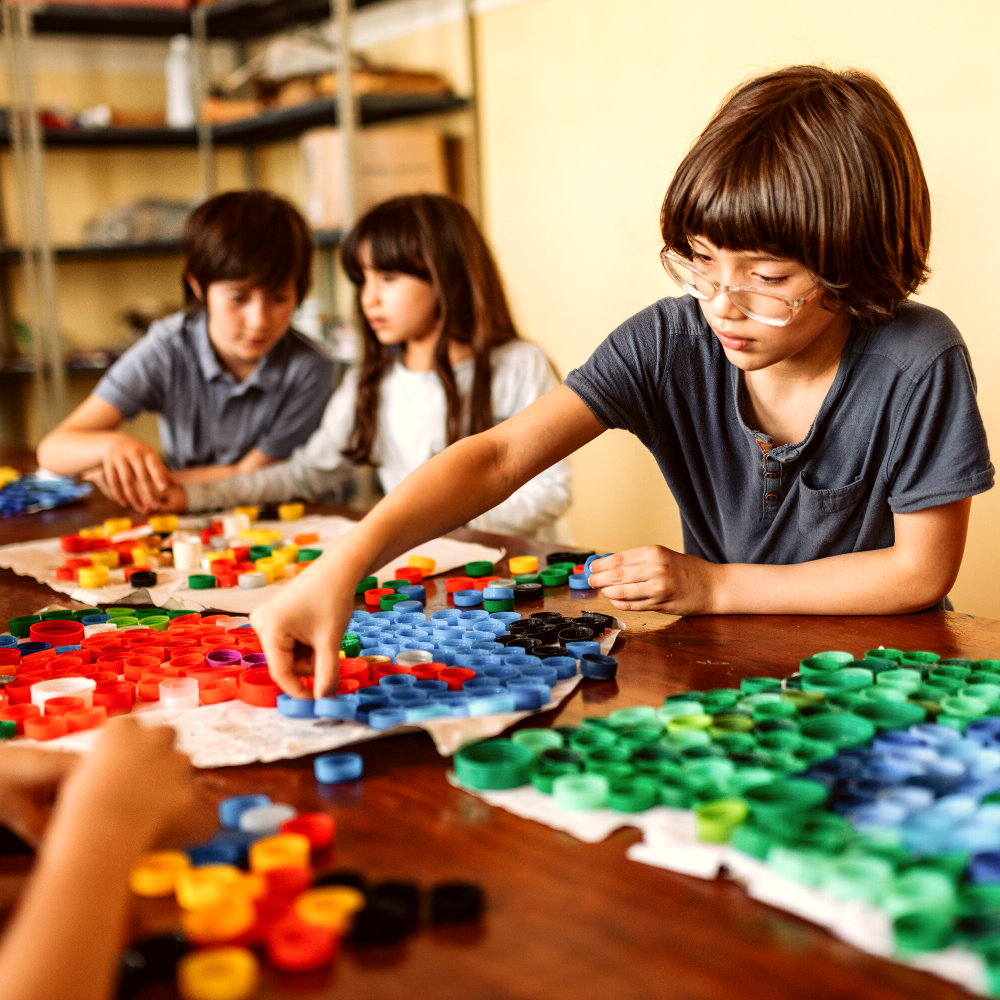
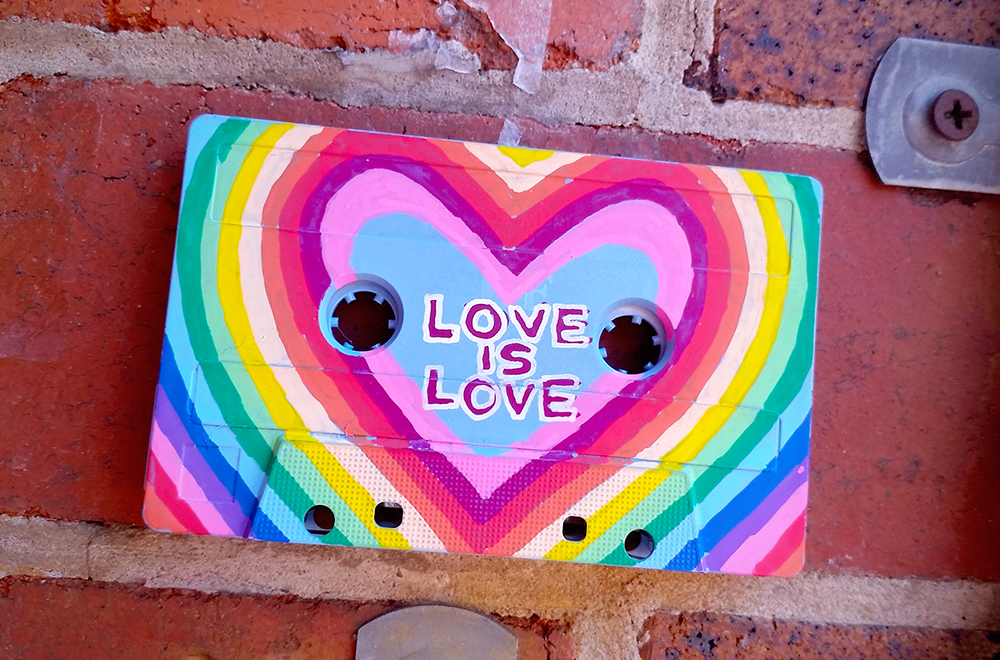
Basics of Recycled Art
Recycled art starts with a simple premise: taking recycled materials and repurposing them into something new and aesthetically pleasing.
The process begins by scouring your home for items that are no longer in use.
From plastic bottles to old newspapers, the materials that can be upcycled into art are virtually limitless.
The key is to look at these items not as trash, but as the building blocks of your next creative project.
Finding Your Materials
The first step in creating recycled art is to collect materials.
Your recycling bin is a treasure trove of potential.
Plastic bottles, paper towel rolls, bottle caps, and toilet paper rolls can all be transformed into art.
Don't overlook other items like food containers, aluminum cans, and tin cans.
Even old CDs and cardboard can find a new life in your artwork.
Preparing Your Canvas
Once you've collected a variety of materials, it's time to prepare them for their transformation.
This might involve cleaning and removing labels from bottles and cans, flattening cardboard boxes, or tearing old newspapers and magazines into strips.
The preparation process is crucial as it ensures that your materials are ready to be molded into your vision.
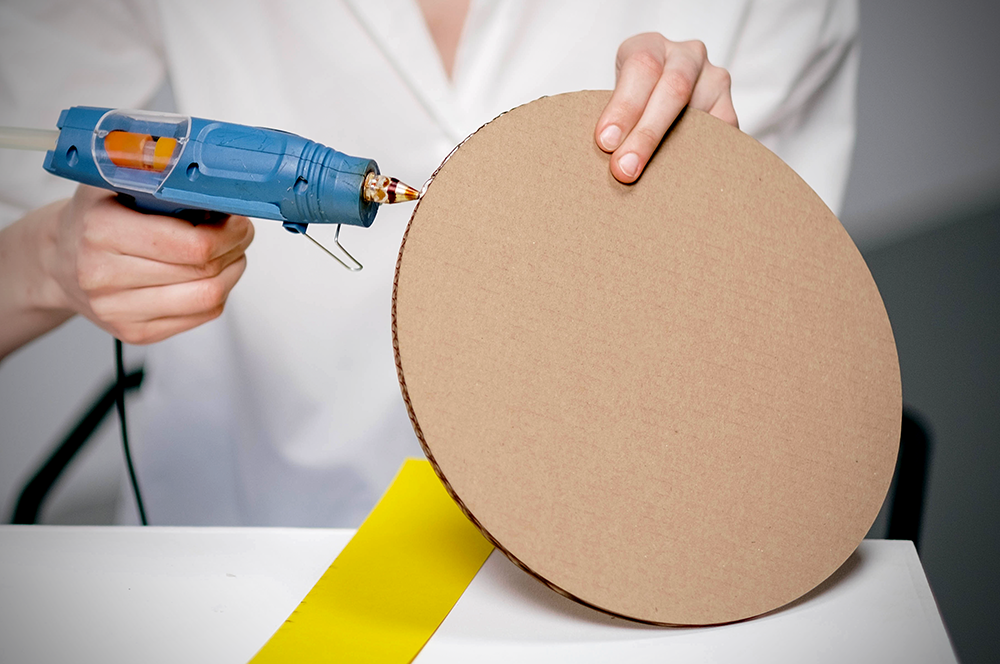
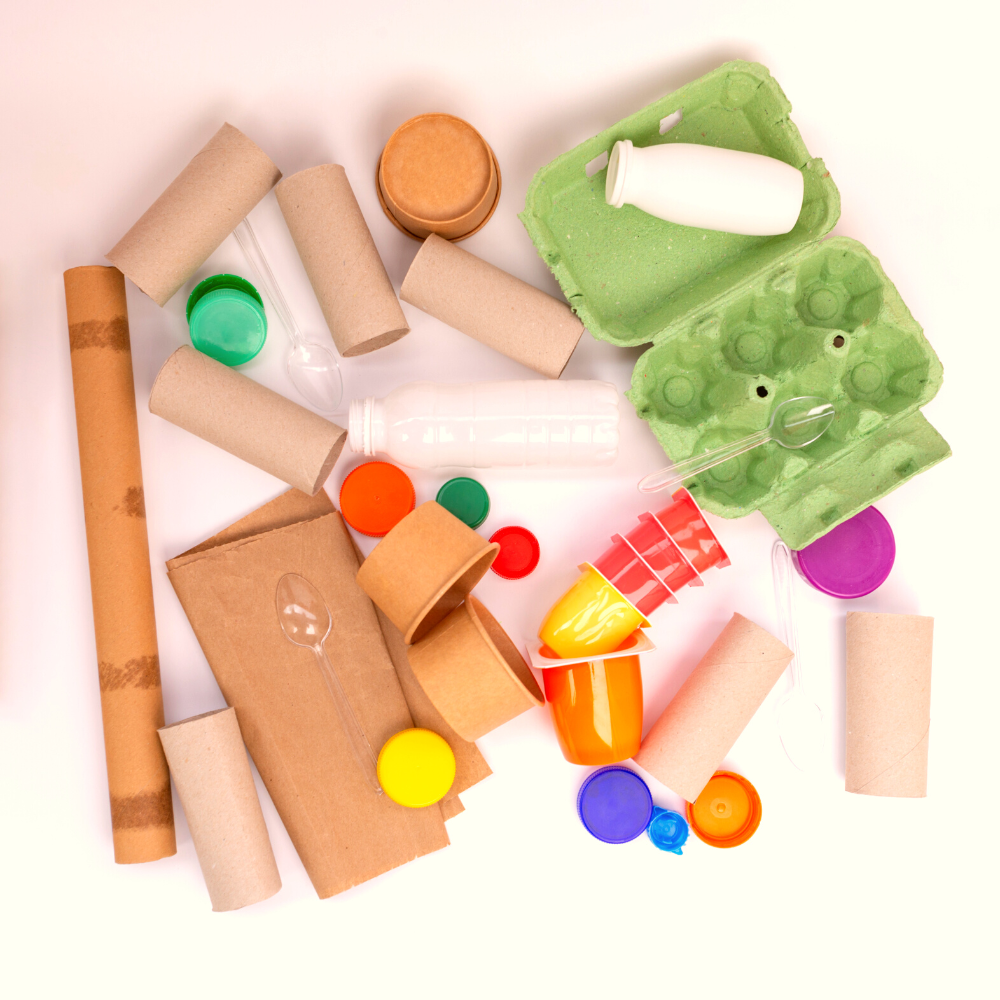
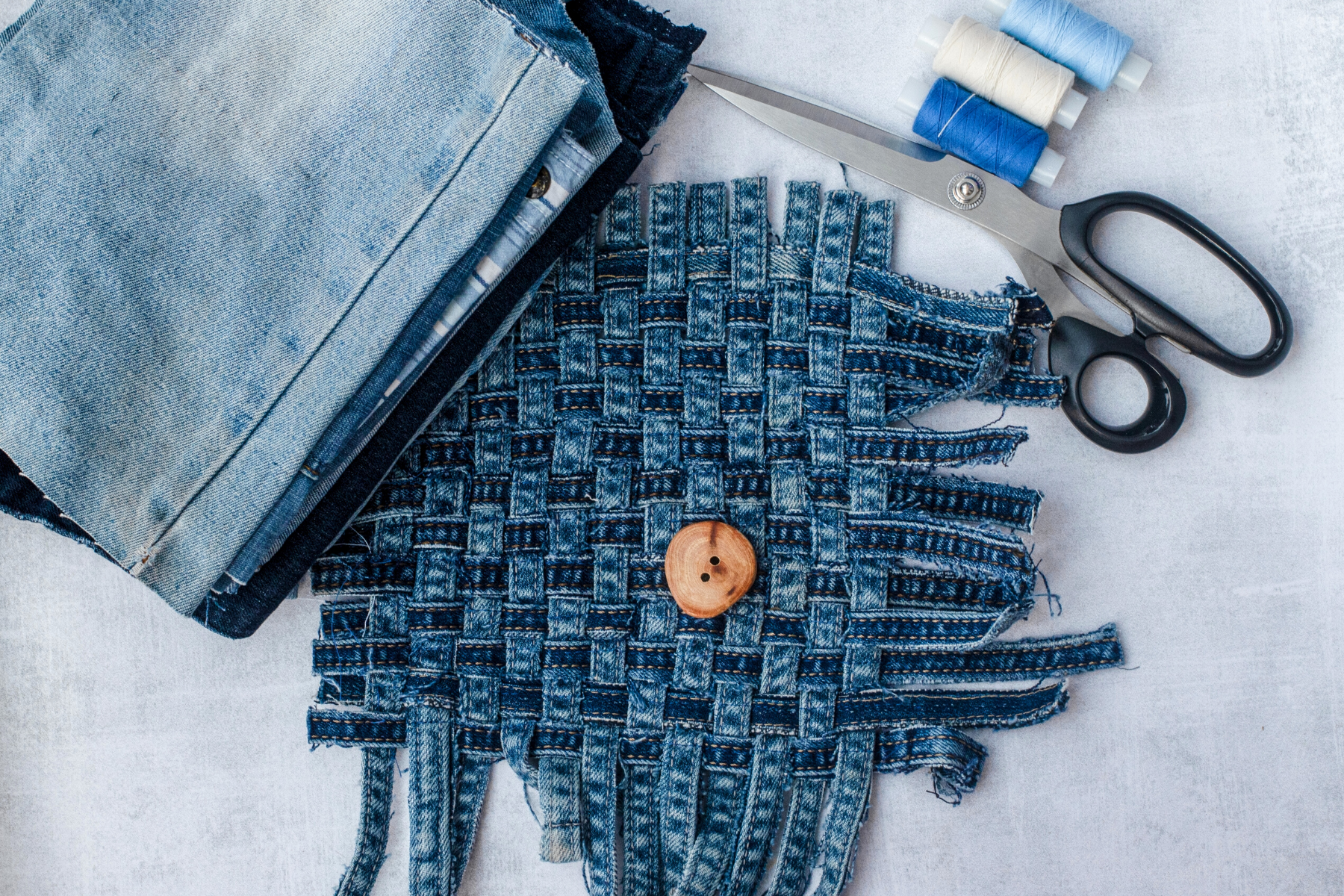
Crafting with Plastic and Metal
Plastic bottles and metal cans offer a flexible starting point for recycled art.
These materials can be cut, shaped, and combined in countless ways.
For example, plastic bottles can be turned into beautiful hanging planters or intricately cut to create a stunning piece of pop art.
Aluminum cans can be sliced into strips and woven or folded to create interesting textures and shapes.
Paper and Cardboard Creations
Paper scraps, old newspapers, and cardboard are some of the most versatile materials for recycled art.
They can be rolled, folded, and layered to create three-dimensional sculptures or cut into shapes for collage work.
With a bit of glue and imagination, construction paper and egg cartons can become colorful mosaics or whimsical characters.
Innovative Upcycled Art Projects
Upcycled art is not just about recycling; it's about elevating discarded items to a new level of aesthetic and functional value.
One creative way to embrace this concept is by transforming old CDs lying around into dazzling wall hangings or decorative coasters.
By adding paint, intricate designs, or even mosaic pieces, these once obsolete items become vibrant home décor.
This process not only gives the CDs a new lease on life but also adds a personal touch to your living space.
Another novel idea is to use bottle caps to create a unique top bracelet or a colorful mural.
These small items, often overlooked and discarded, can be collected and assembled into eye-catching patterns and designs.
With a bit of glue and a splash of creativity, these metal caps can adorn your wrist as a statement piece or your wall as a testament to inventive craftsmanship.
Upcycled art projects like these not only challenge the artist to think outside the box but also contribute to reducing waste in a stylish way.
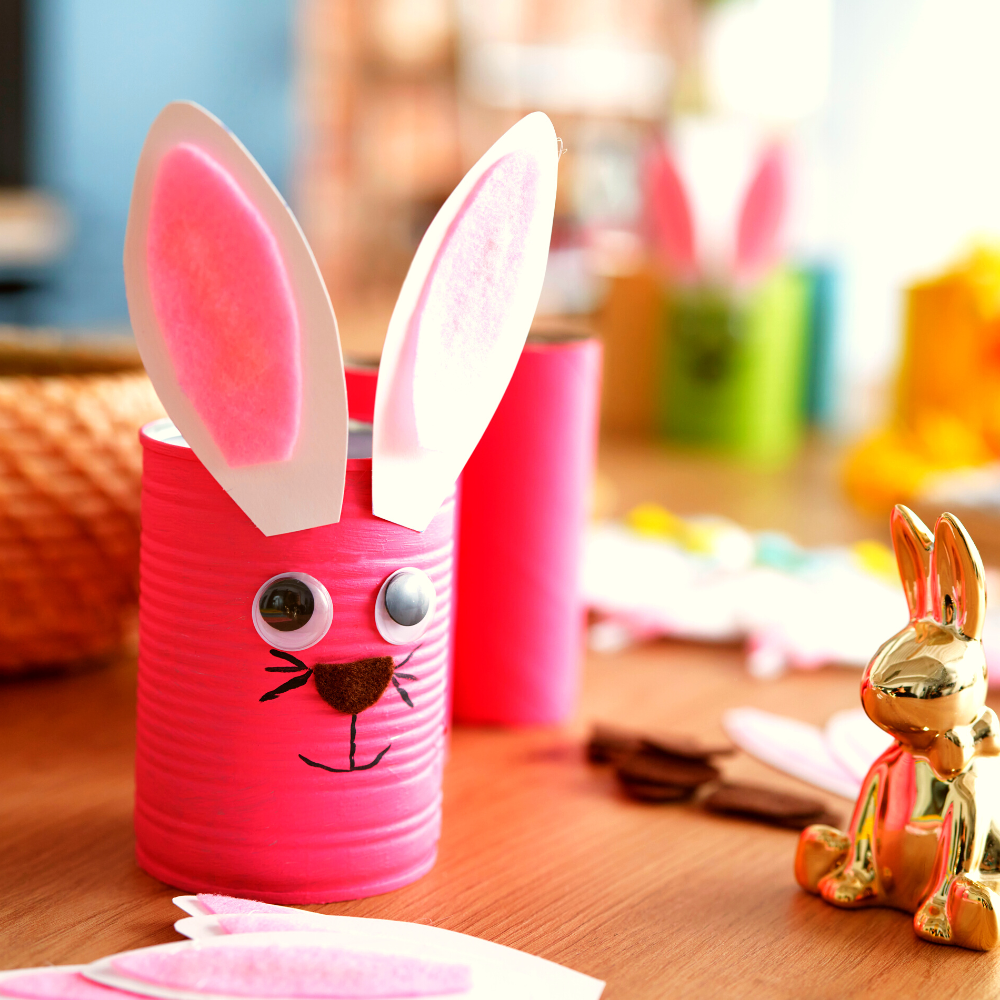
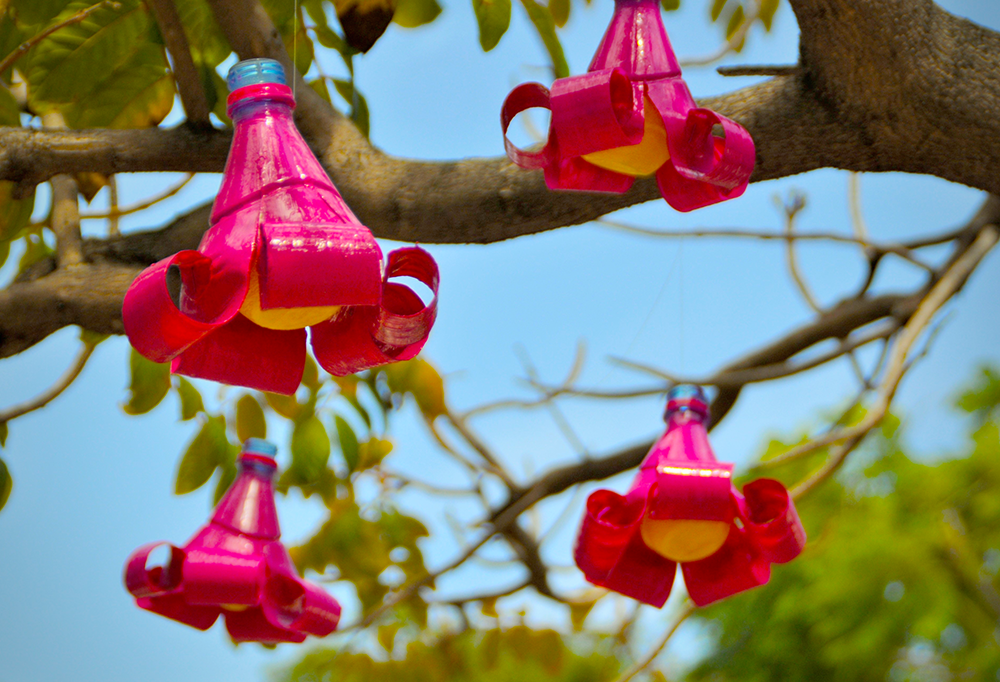
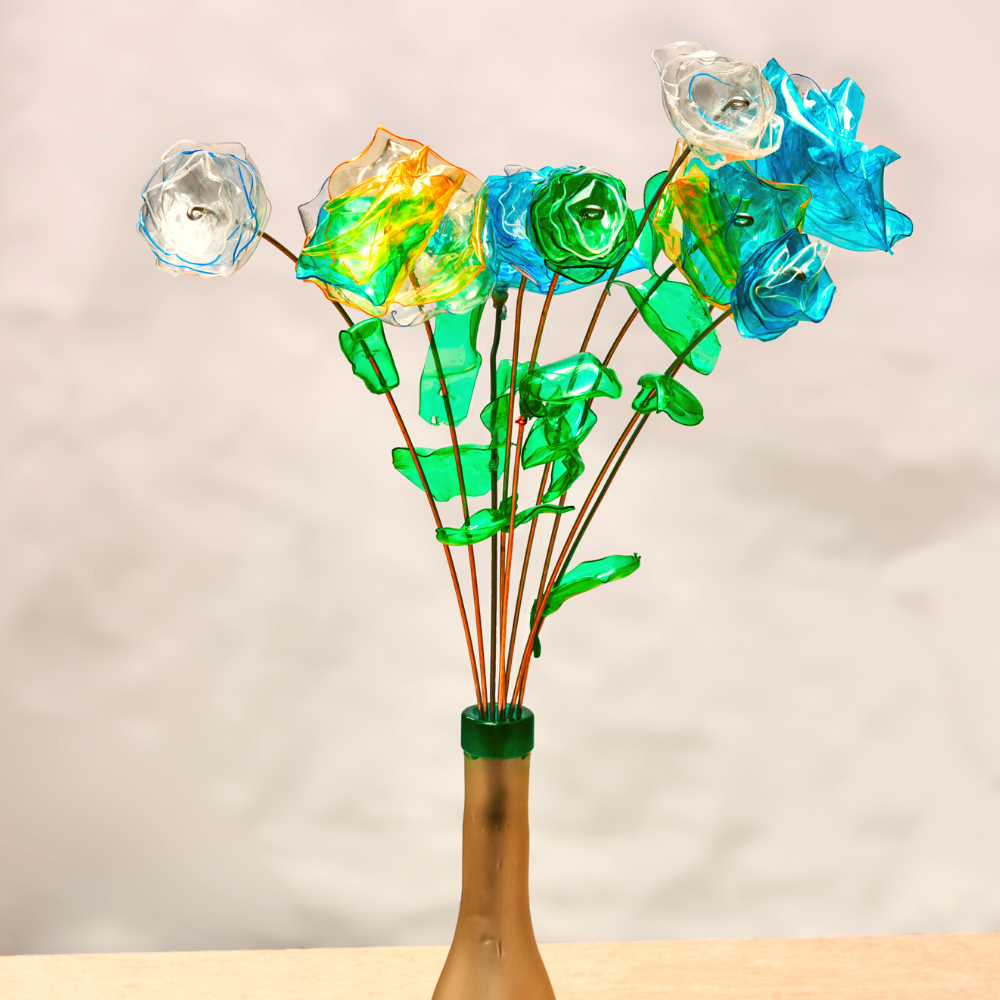
Eco-Friendly Art Supplies and Techniques
When diving into the world of recycled crafts, it's essential to consider the supplies and techniques that align with eco-friendly practices.
For instance, artists can opt for natural inks and paints derived from plants and flowers, minimizing the environmental footprint of their creations.
These biodegradable materials not only add a sustainable edge to the artwork but also offer a unique palette of colors inspired by nature itself.
In addition, incorporating organic material such as wood, leaves, or even dried flowers can bring a touch of nature into your recycled art pieces.
These elements can be used to create textured backgrounds, add natural details, or even serve as the main material for sculptures and installations.
By choosing to work with nature-derived supplies, artists not only recycle but also pay homage to the environment, reminding viewers of the intrinsic beauty of the natural world and the importance of preserving it.
Adding Details and Finishing Touches
Once the form of your recycled art piece is established, it's time to add details and personal touches.
This can be as simple as adding paint to bring color to your creation or as intricate as affixing googly eyes and fabric to give personality to a character made from egg cartons.
The finishing touches are what truly make your recycled art piece unique.
Environmental Impact
Creating art from recycled materials isn't just fun; it has significant environmental benefits.
By giving a second life to items that would otherwise end up in a landfill, you're reducing waste and promoting sustainability.
This practice can also be a powerful way to teach kids about the importance of recycling and caring for our planet.
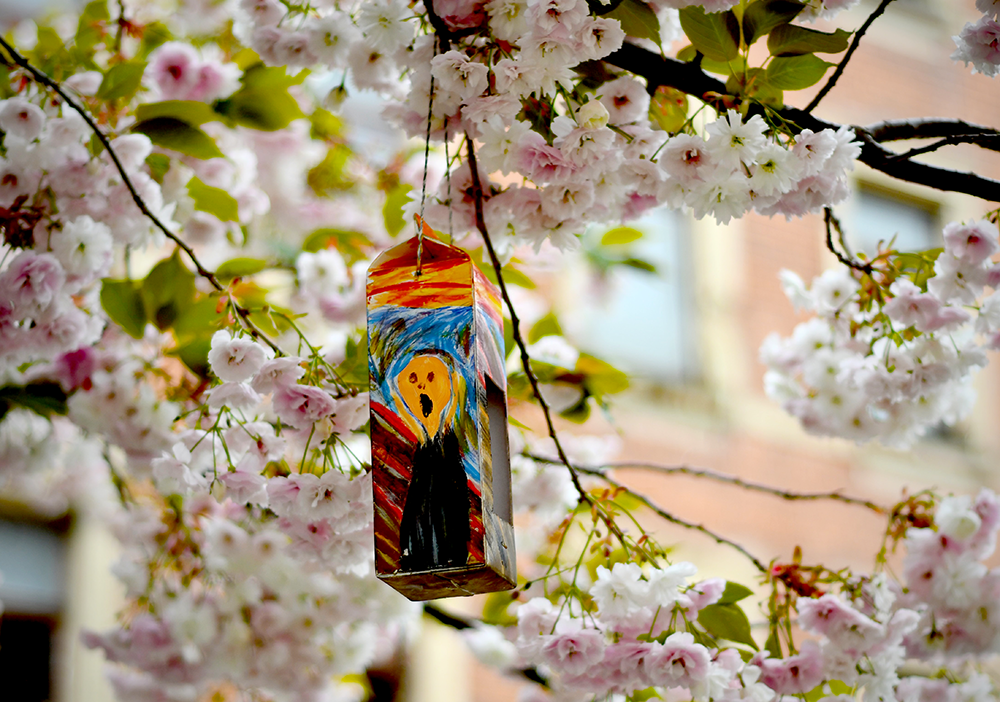
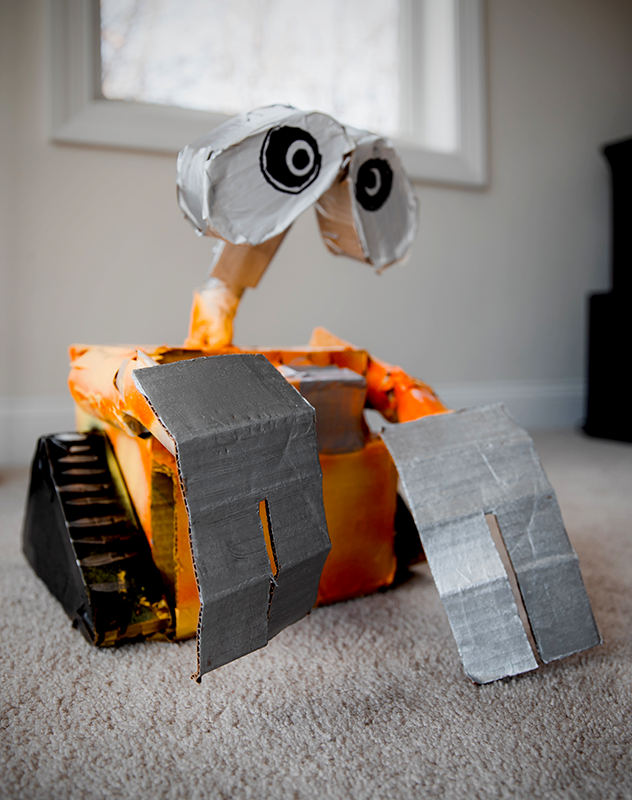
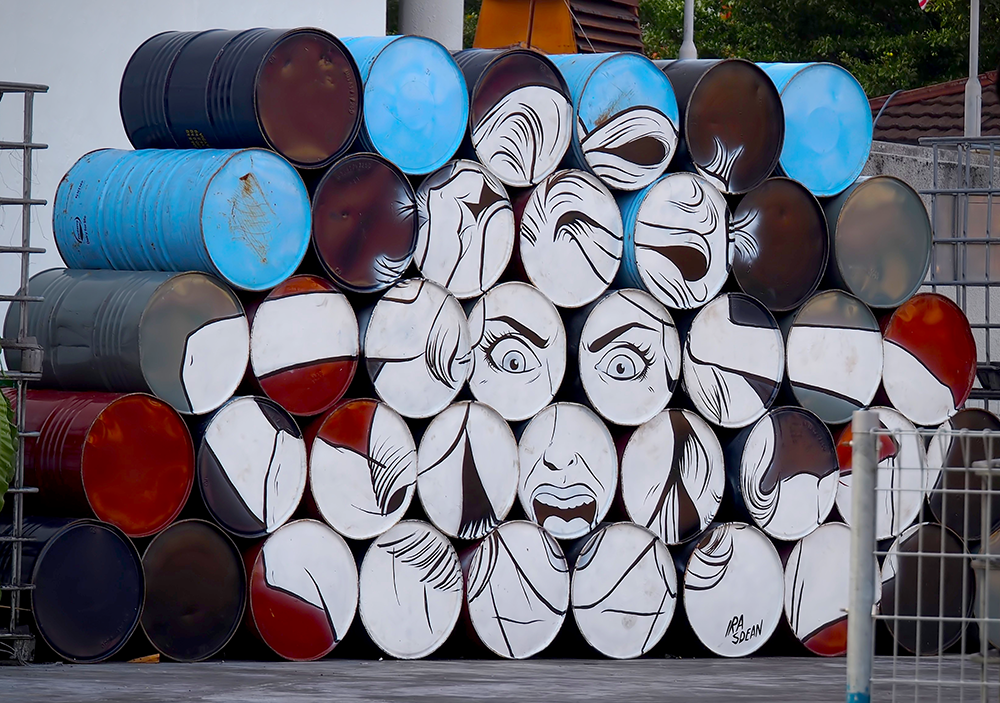
Engaging the Community
Recycled art can be a communal activity, bringing together people of all ages to collaborate on projects.
Schools, community centers, and neighborhood groups can collect materials and work together to create large-scale recycled art installations.
These projects not only foster community spirit but also raise awareness about recycling and environmental stewardship.
Artistic Challenge
One of the most exciting aspects of making recycled art is the challenge it presents.
Artists must think creatively to see the potential in found objects and waste materials.
This often leads to innovative solutions and unexpected artistic outcomes.
The process of creating recycled art pushes boundaries and encourages artists to explore new techniques and ideas.
Displaying Your Recycled Art
After all the hard work, it's time to showcase your recycled art.
Whether it's a sculpture made from tin cans or a collage of old magazines, your artwork deserves to be seen.
You can decorate your home, gift your creations to friends, or even sell your pieces at local craft fairs.
The possibilities are endless.
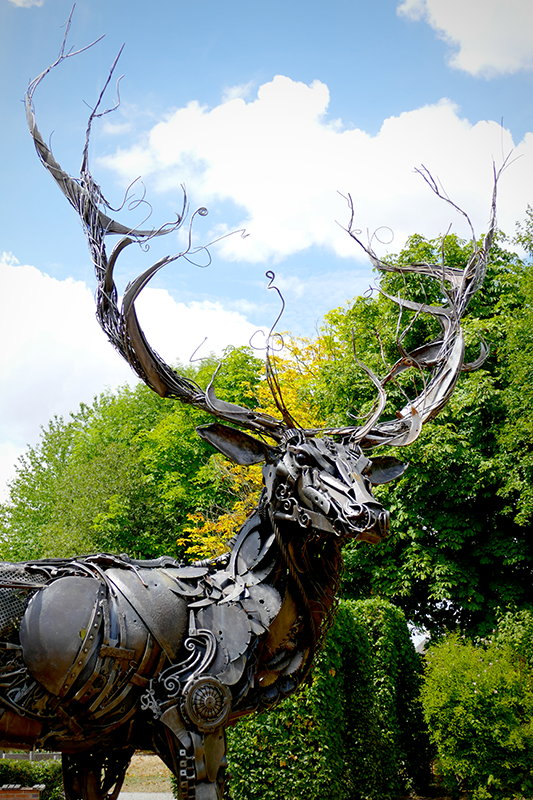
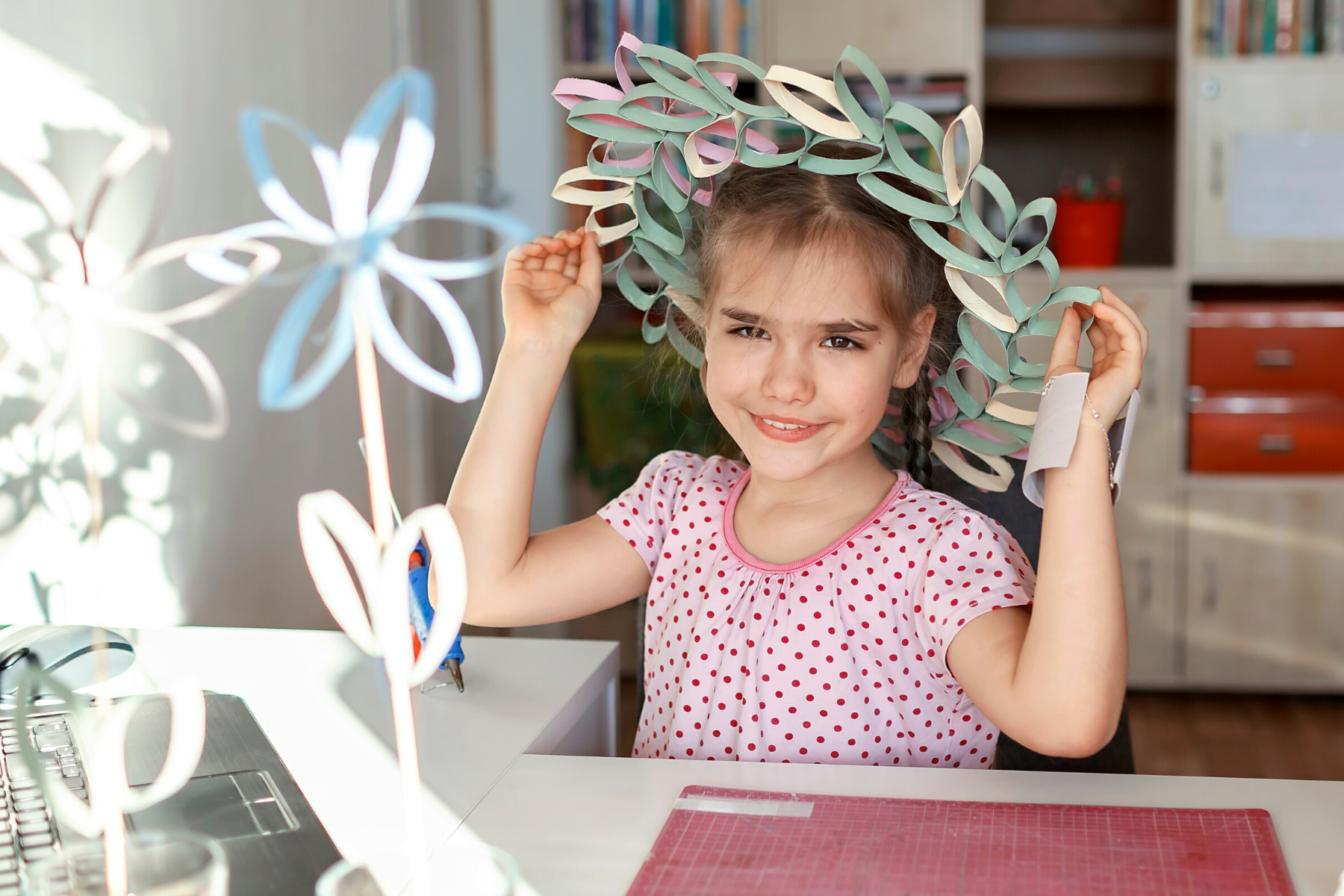
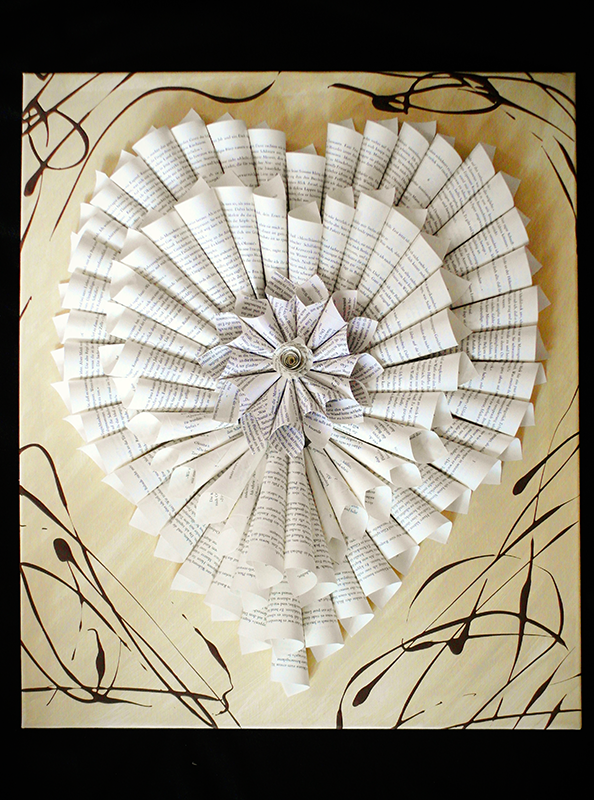
Unleash Eco-Creativity with Recycled Art
In the journey of recycled art, you've discovered that the most unassuming materials hold the potential for beauty and innovation.
This isn't just about crafting art—it's about crafting a better future, one piece at a time.
Embracing recycled art is a testament to your commitment to the environment and your creativity.
Recycled art is a creative and environmentally conscious way to make art from materials that would otherwise be discarded.
By using items from your recycling bin, such as plastic bottles, paper scraps, and old CDs, you can create beautiful and unique pieces of art.
As you turn the ordinary into the extraordinary, you're not just making art; you're making a difference.
This process not only allows for artistic expression but also teaches valuable lessons about sustainability and the importance of recycling.
Whether you're an experienced artist or a beginner, recycled art is a rewarding challenge that can lead to stunning results.
Remember, every recycled masterpiece you create is a step towards a greener, more sustainable world.
Now, go forth and transform the discarded into the divine—your recycled art journey has only just begun!
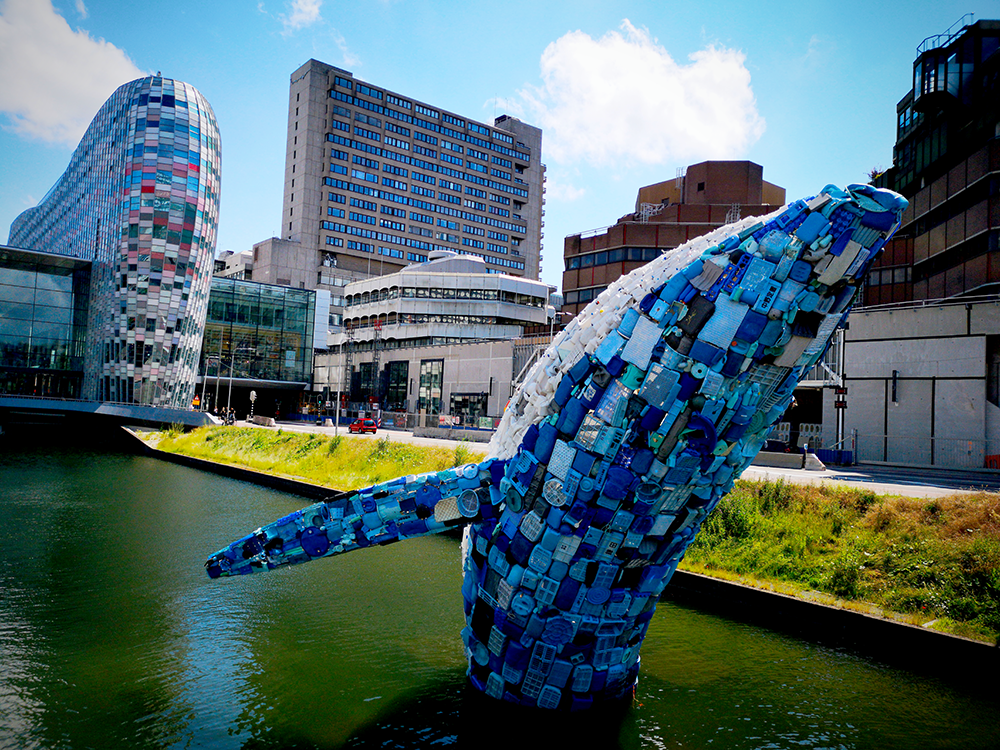
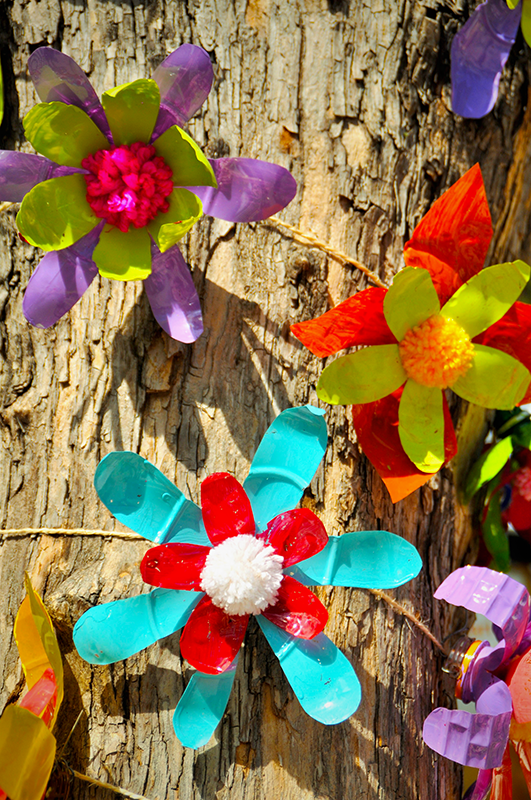
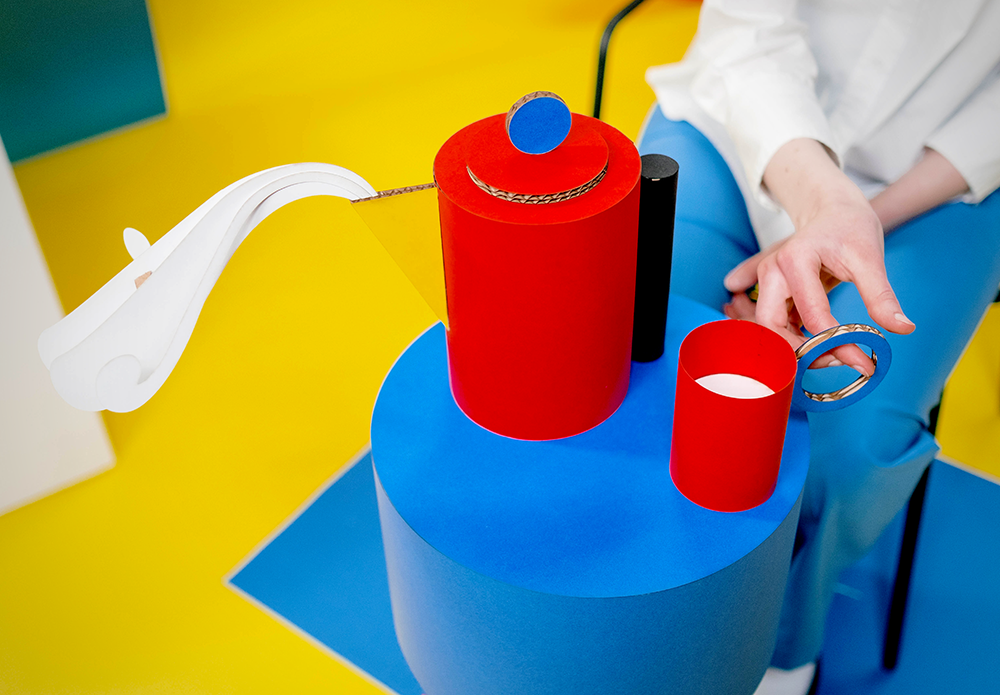
Recycled Art FAQs
Dive into the world of eco-friendly creativity!
Whether you're a seasoned artist or a curious beginner, this guide is your go-to resource for transforming everyday items into stunning works of art.
Let's embark on a journey of sustainable expression and discover how your artistic flair can contribute to a greener planet.
Are you ready to turn trash into treasure?
These FAQs are here to answer all your burning questions and guide you through the process of crafting beautiful, environmentally-friendly masterpieces.
From the materials you can use to the benefits for our Earth, we've got you covered.
Let's get creative and make a positive impact together!
What materials can I use for recycled art?
Almost anything from your recycling bin can be used for recycled art. Common materials include plastic bottles, aluminum cans, paper towel rolls, toilet paper rolls, bottle caps, food containers, old newspapers, and cardboard. Be creative and look for potential in everyday items.
How can recycled art be beneficial to the environment?
Recycled art reduces waste by repurposing materials that would otherwise end up in landfills. It also promotes awareness of recycling and can inspire others to think about sustainability and the impact of their consumption habits.
Can recycled art be a group activity?
Absolutely! Recycled art is a great group activity for schools, community centers, and friends. It encourages collaboration, community engagement, and can result in larger, more impactful art projects that raise awareness about recycling and environmental issues.

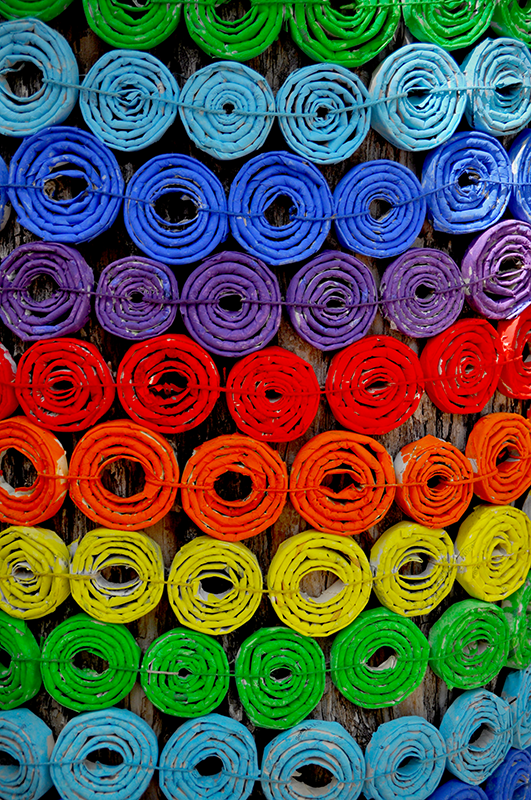
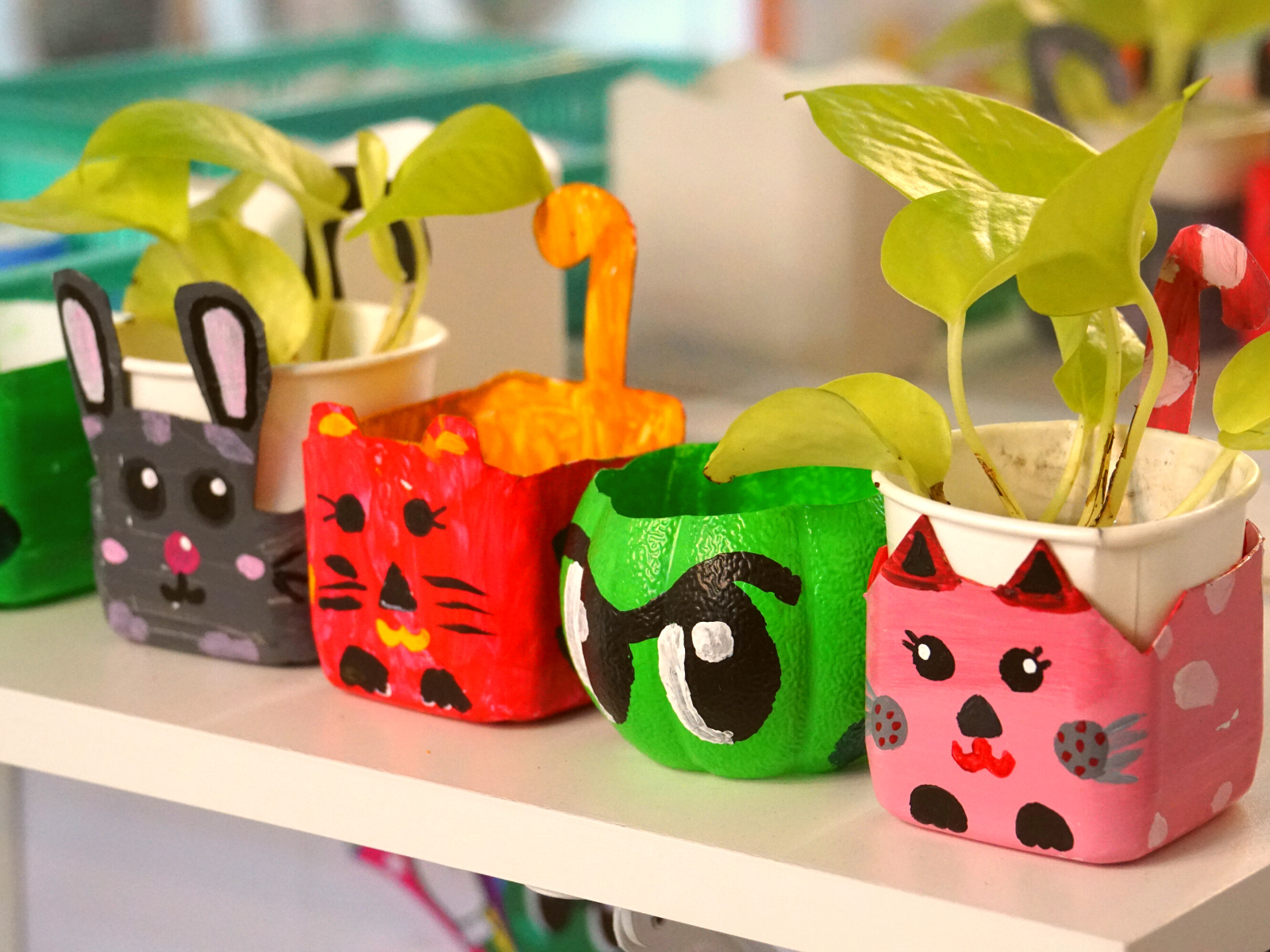
Looking for some inspiration for your recycled art projects? Check out Viral Trends' video!
Want even more content about creativity and art?
Be sure to check out all of our creative chronicles!
Ready to dive into the world of upcycling and recycled art?
Check out some of our other articles:
-Why do people make recycled art?
-What are the best materials to upcycle?
-What is the difference between upcycled and repurposed?
-Why is upcycling gaining popularity?
